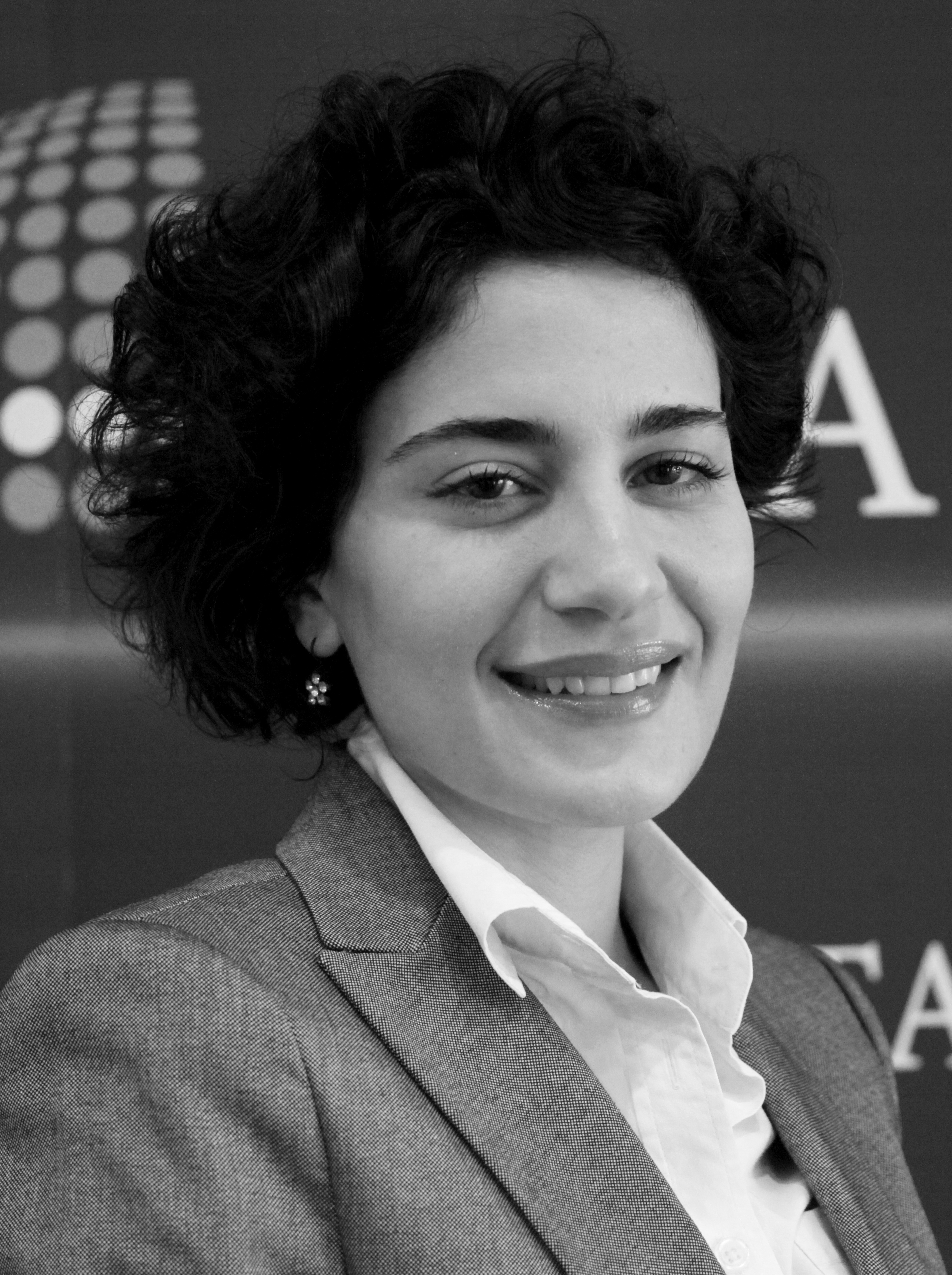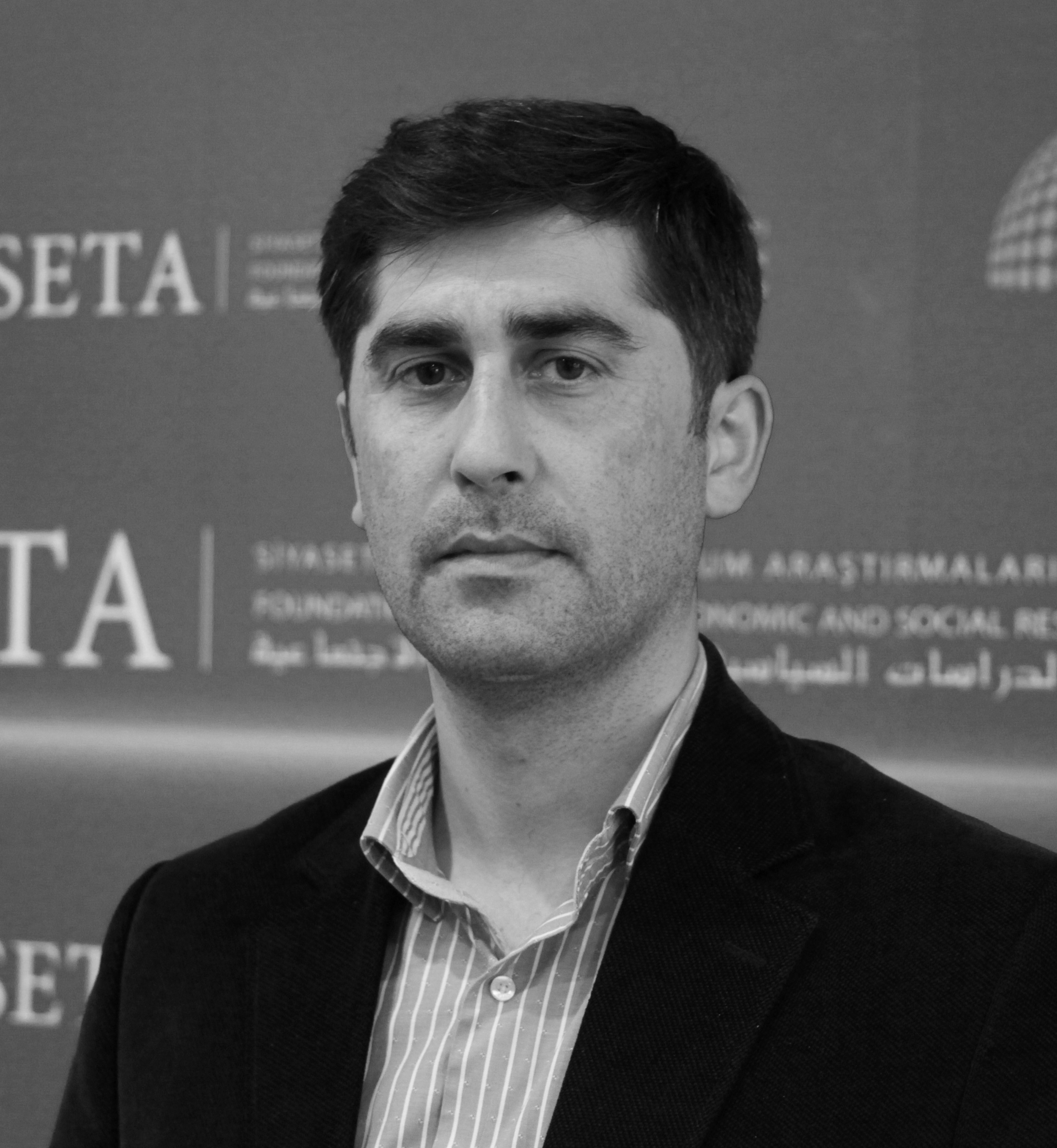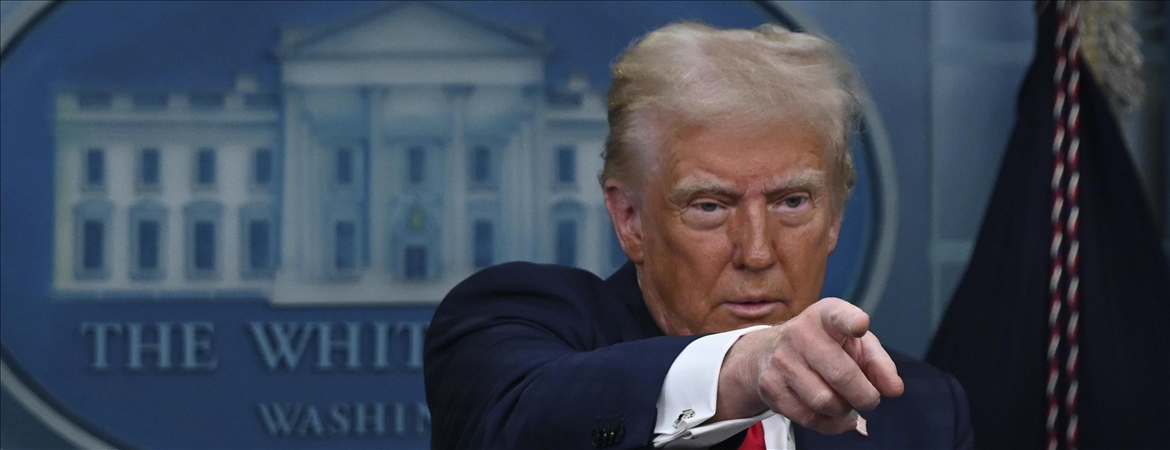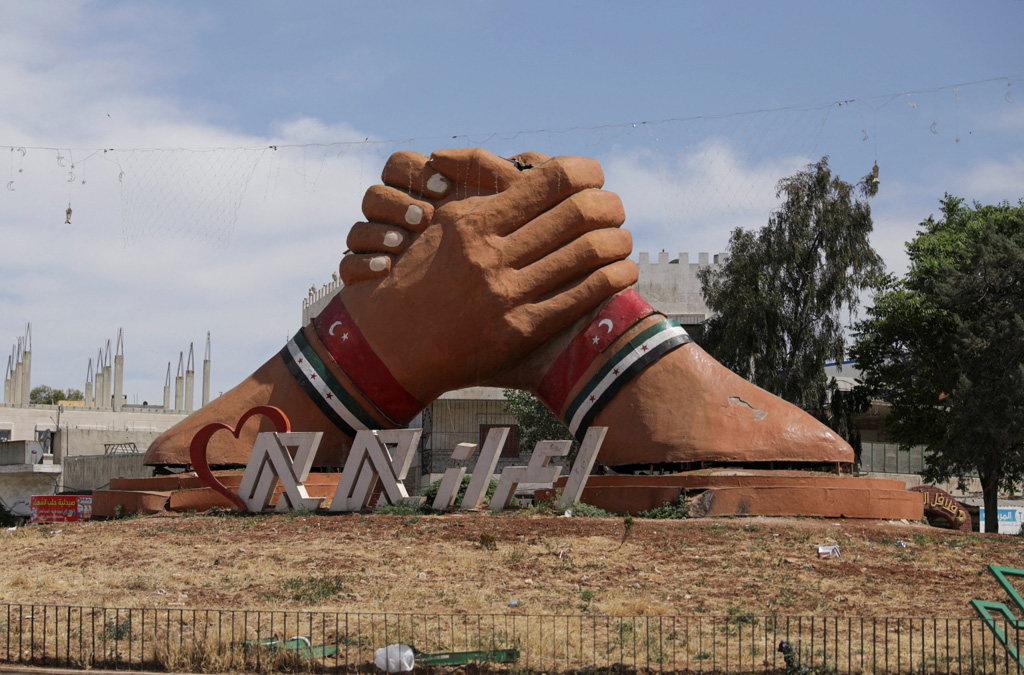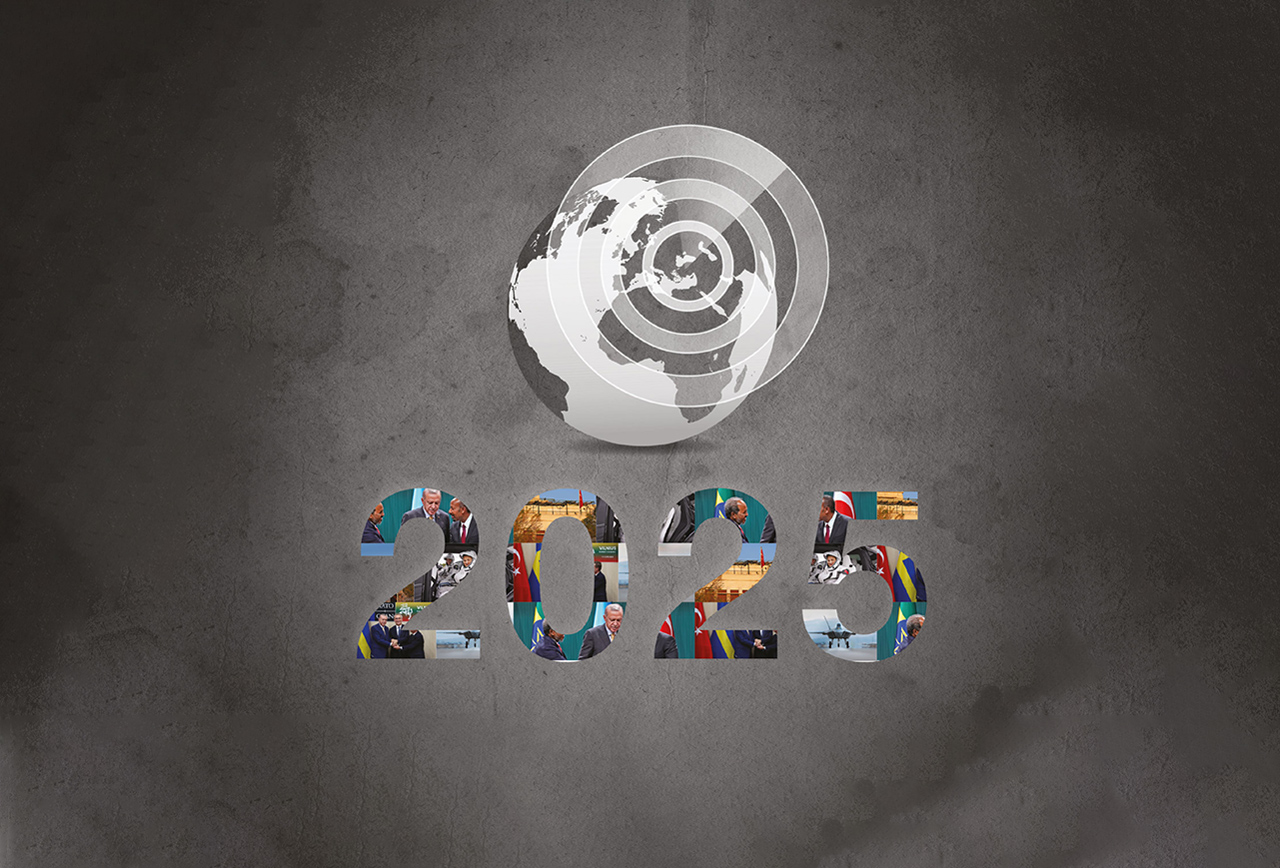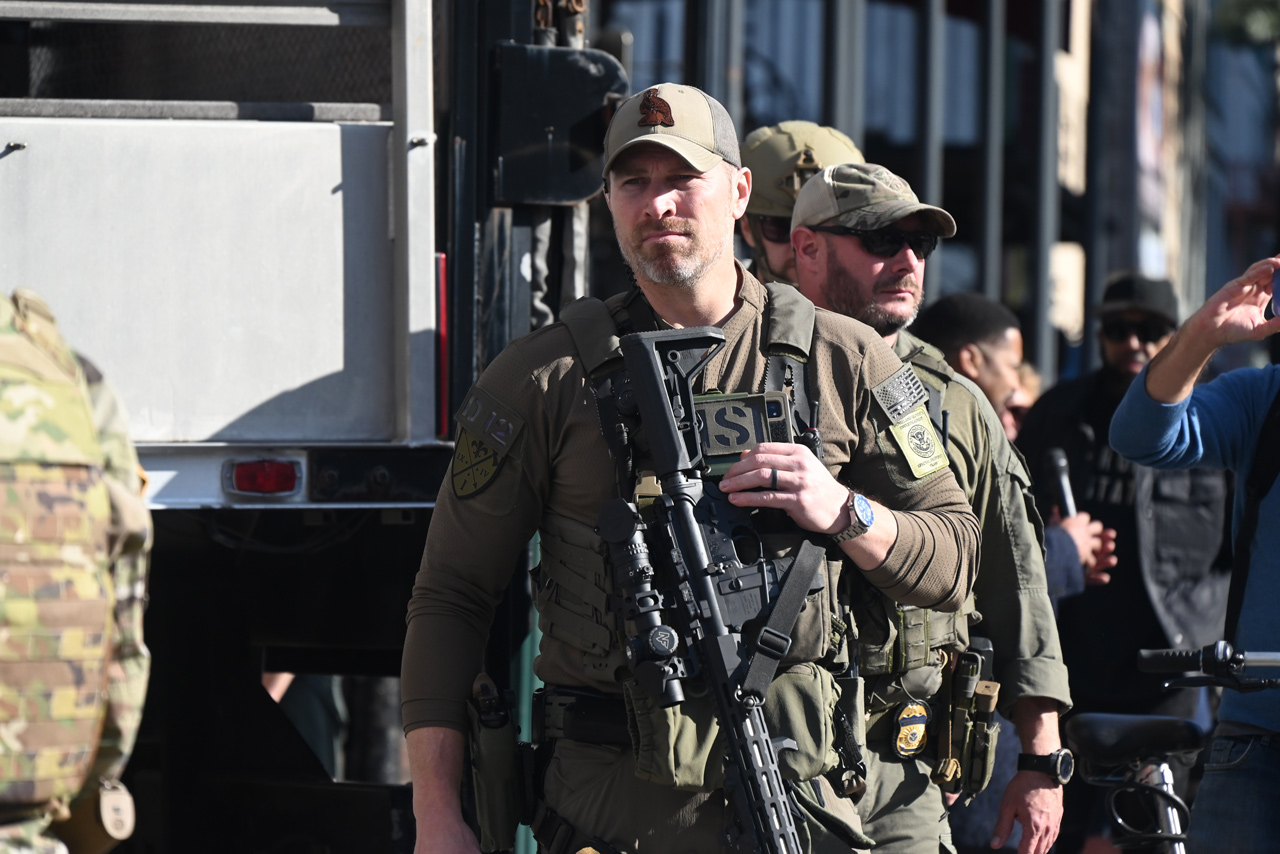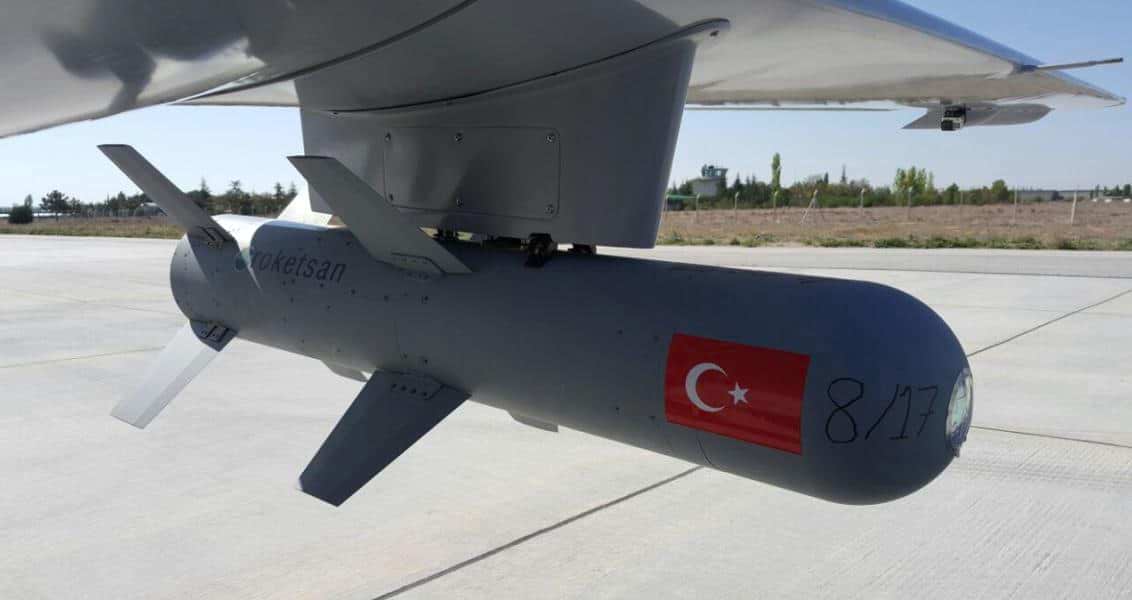
Fight against Terrorism and the National Defense Industry
Surprising developments are afoot in the world. A terrorist organisation that claims to be Muslim is shedding blood around the world, including in Turkey.
Share
Turkey is trying to become self-sufficient through national defence industry. Meanwhile, the new American President Donald Trump is signalling that he will push the boundaries of traditional US foreign policy. At this critical juncture The Diplomatic Observer has held an interview with two security experts, Assoc. Prof Murat Yeşiltaş and Merve Seren of the Foundation for Political Economic and Social Research (SETA). We discussed the issues of combating terrorism and developments in the national defence industry.
Obama’s Middle East policy was criticised a lot. What kind of policy do think his successor, Donald Trump, will pursue in the region?
Murat Yeşiltaş: The interventions that followed 9/11 had been at the centre of criticism directed at the Bush administration and had negatively impacted on American prestige. The Obama administration chose to bring diplomatic methods to the foreground and when necessary intervene in the region with multi-party military collations to improve the situation. However, the aftermath of the Arab Spring caused much criticism to be directed at Obama’s foreign policy. Although Trump tends to turn people off due to his conservative discourse, the coming period may present new opportunities, especially as he will try to develop good relations with Russia.
What do you think about building a wall on Turkey’s border with Iraq and Syria? Do you think it is an adequate measure?
Murat Yeşiltaş: Previously, Turkey’s foreign policy strategy in the region aimed at the de facto removal of borders. There were policies in place to allow Syrian and Turkish citizens to easily cross the border. There were plans for a free movement zone such as the Schengen Area. However, with the Arab Spring and the following atmosphere of insecurity, the liberal border policy had to be suspended. As you know the PKK-PYD and the ISIS operate in the area. Such a decision was necessary to prevent illegal migration from Syria to Turkey and to prevent recruitment from abroad by terrorist organisations in the region. In the Middle East, all countries now have to implement similar border policies. There will be long term consequences of this. The construction of the wall which has been planned to include the River Euphrates will be finished by the end of 2018. It is important for the wall to be modular and mobile. Nevertheless, I believe there will be political and sociological consequences.
Despite Turkey being a NATO member, it has not received any special aid from the alliance in various crises since 1952, except for Patriot systems in the Syria crisis and the Russian aircraft crisis. In the past, Turkey got negative reactions from its allies with the Johnson Letter or in demands that NATO arms not be used for combating terrorism. In this light, what is your assessment of statements by Russian officials towards forming joint defence systems with Turkey? Can such a thing be the case despite NATO?
Murat Yeşiltaş: According to articles 4 and 5 of the NATO charter, of which Turkey became a member in 1952, any threat against Turkey needs to be taken up by the whole alliance. The divergence in perspectives is the reason why this has not come about. There was much debate in the 90s, when the Cold War had ended and the USA remained as the sole superpower in the world, regarding NATO’s mission. What was the new threat that allies would require NATO protection from? The conflicts in the Balkans at the time showed that Europe could not provide solutions by itself. The EU does not have a security force and it is unlikely to have one. At the same time, while Turkey was a “wing country” in the NATO, with the Gulf War it became a “front country”. At the moment, Turkey is in an active conflict zone. The is a traditional dynamic of conflict between NATO on one hand and Russia and China on the other. On this issue we should look towards not just Russia, but also China because the two usually act in tandem. Although NATO may not have lived up to some of its responsibilities to Turkey, I think Turkey’s membership is important.
Turkey has projects for domestically produced infantry rifles, howitzers, unmanned aircraft and tanks. How much do you think such national defence industry moves contribute to Turkey’s foreign policy and economy?
Merve Seren: Every step Turkey takes to make defence industry national and domestic at its most basic serves to protect the interests of the state. There are different categories and stages for needs and aims identified in the threat spectrum. The mission of all military machines, equipment, arms ammunition and other items and the technology that drives them are different. Therefore, as much as an MPT or an UMA may be important for land and aerial operations, the necessary software and nanotech products are just as important. In terms of defence and deterrence, as long as a country is self-sufficient, in that it can meet its national needs with domestic means and resources, the next stage is entry to the defence industry market. In the market, product diversity and competitiveness are important. For example, one should have customers not just for UMAs but also for tanks. Competitiveness should stretch from national and regional boundaries to the global level. Of course, as country’s product quality and diversity and competitiveness in the defence marketplace increases, there will be increasing economic benefits. And economic power is a primary factor shaping foreign policy.
Turkey is fighting in its region both against ISIS and PYD/YPG forces. In terms of the threats posed by terrorist organisations, what are the significance of aerial defence systems?
Merve Seren: In operations run beyond borders, air power is a very crucial component. The capability of the air for is related not just to defensive positions but also to offence and deterrence. In a sense defence includes offence. In terms of aerial threats, the type of danger posed by terrorist organisations differs in terms of type, practice, timing, effect, distance and cost. For example, do you need to defend against land-to-land missiles or against air-to-land missiles? Similarly, does your primary threat definition include cruise missiles, ballistic missiles or armed UMAs? In any case, for aerial defence, potential enemy targets will be subjected to discovery and observation, identification, follow-up and destruction. One should have air and missile defence systems that are stationary and operative. Turkey at present has renovated I-HAWK missiles. It can carry out discovery, observation and marking using UMAs and strike at enemy elements with Atak helicopters, F-16s or Bayraktar TB2 Tactical UMAs. However, it is an important point how and what cost one strikes at the enemy. Based on many bitter experiences in the province of Kilis, what is the most reasonable missile defence system against Katyusha rockets, which are very cheap and easy to manufacture and which are highly mobile and easily launched? Most simply, if the vehicles carrying the launcher can be identified, they may be hit by F-16s or Fırtına Howitzers. However, Turkey has in its region an asymmetrical war that has many actors and dimensions and changes quickly. For an asymmetrical war one had to develop military tactics and strategies that are much different than those in conventional warfare and integrate the newly developed aspects to the field of conflict in keeping with conjectural conditions. Turkey’s cross border operations require, at a minimum, such crucial equipment as close aerial support elements and precision guided free flying bombs.
[The Diplomatic Observer, February 2017 Issue 108]
Tags »
Related Articles
